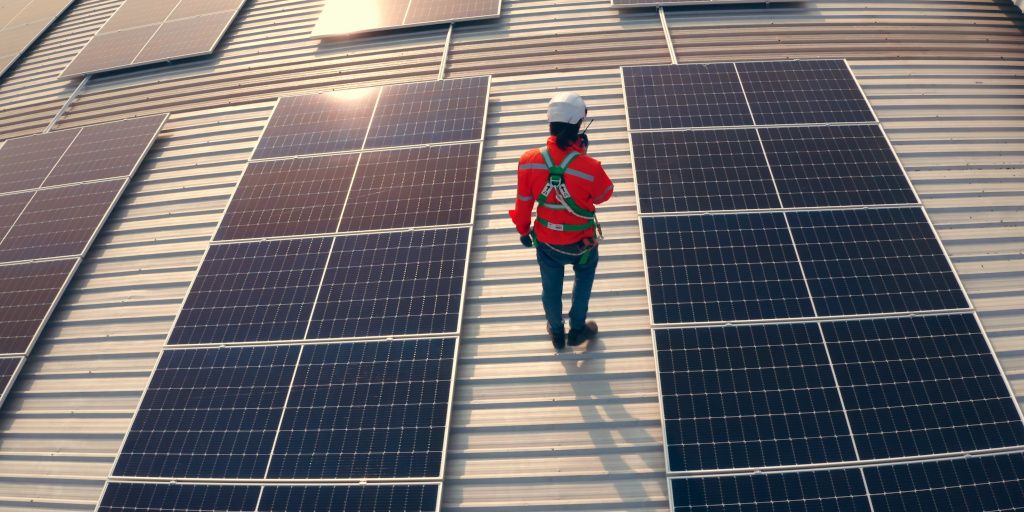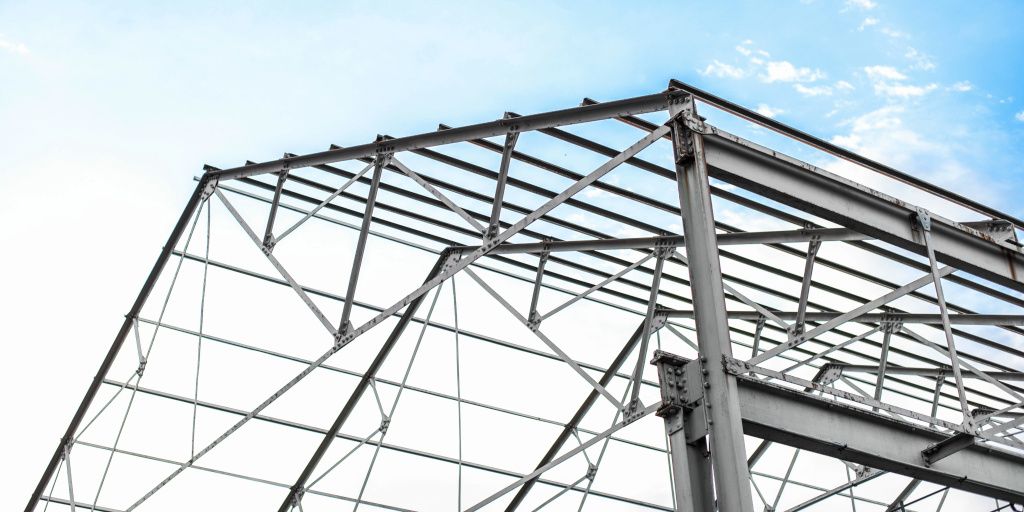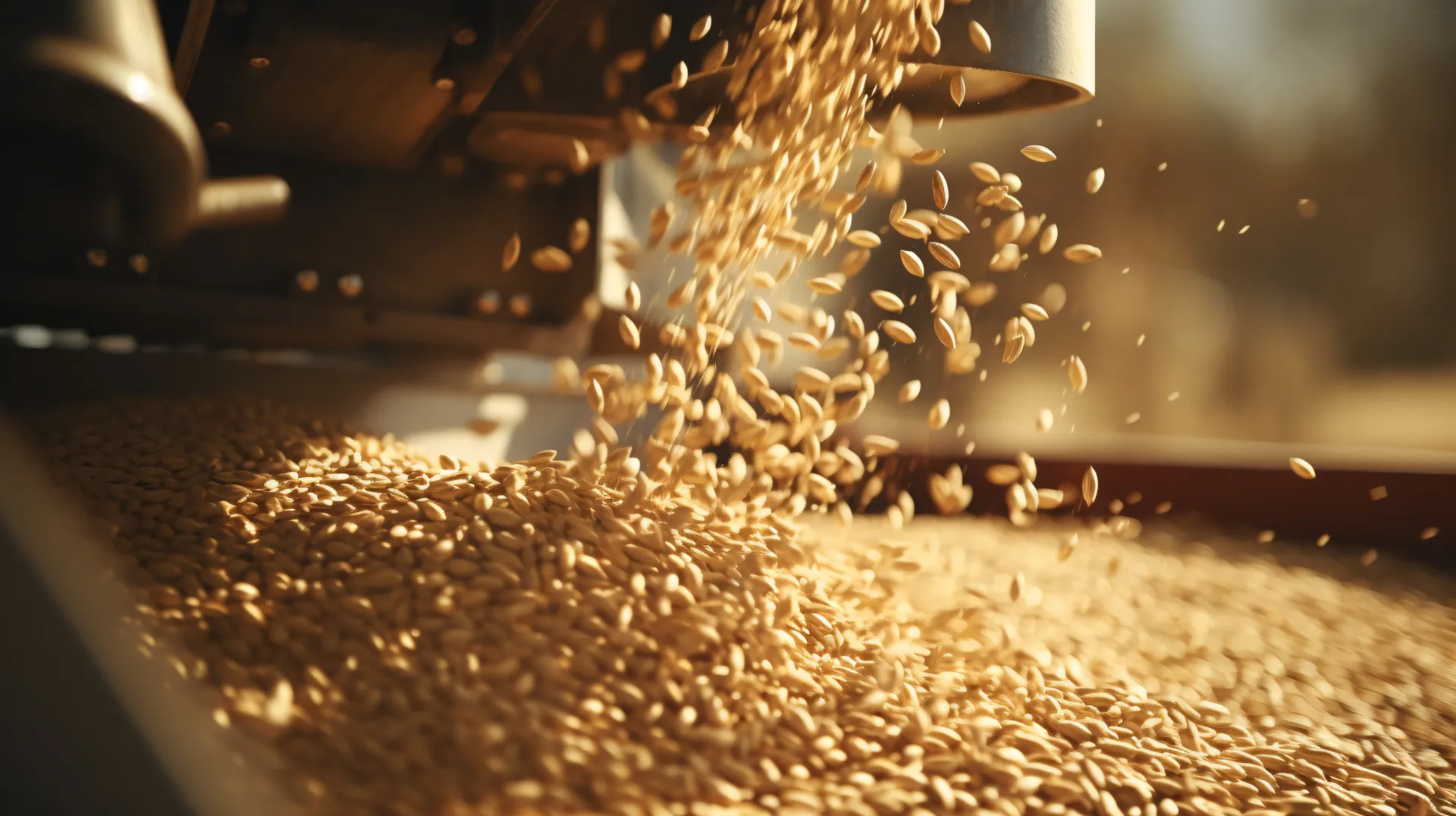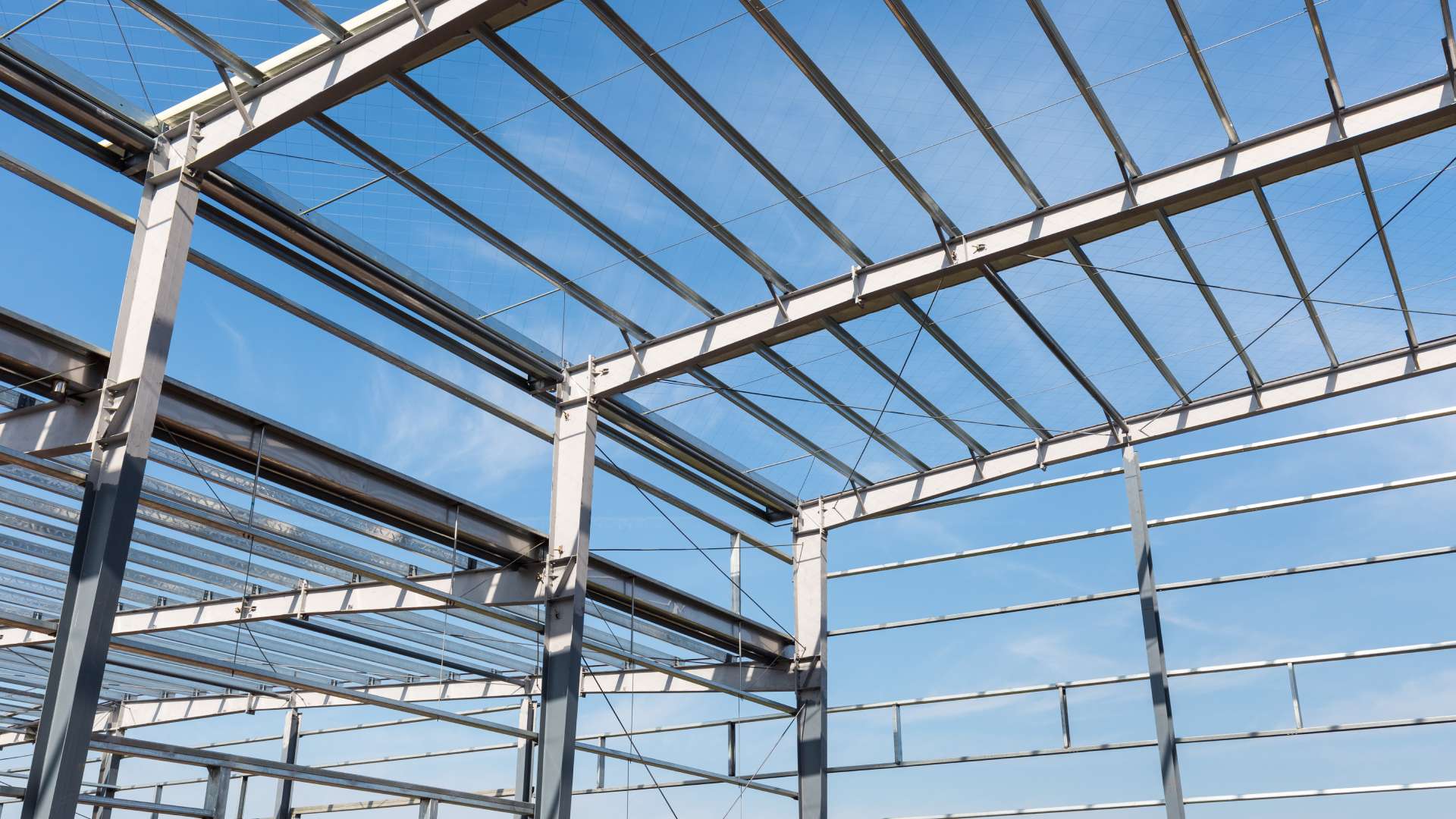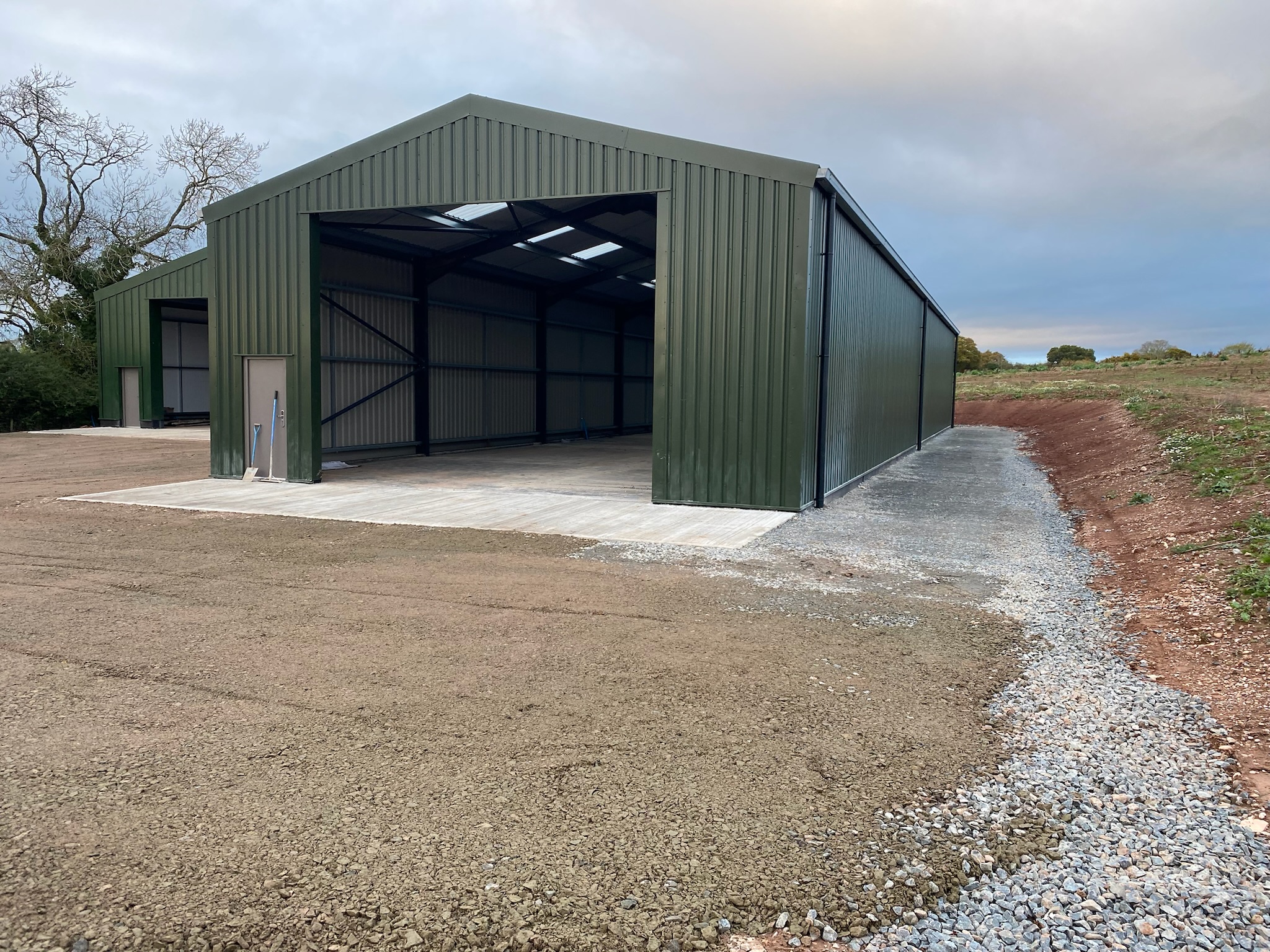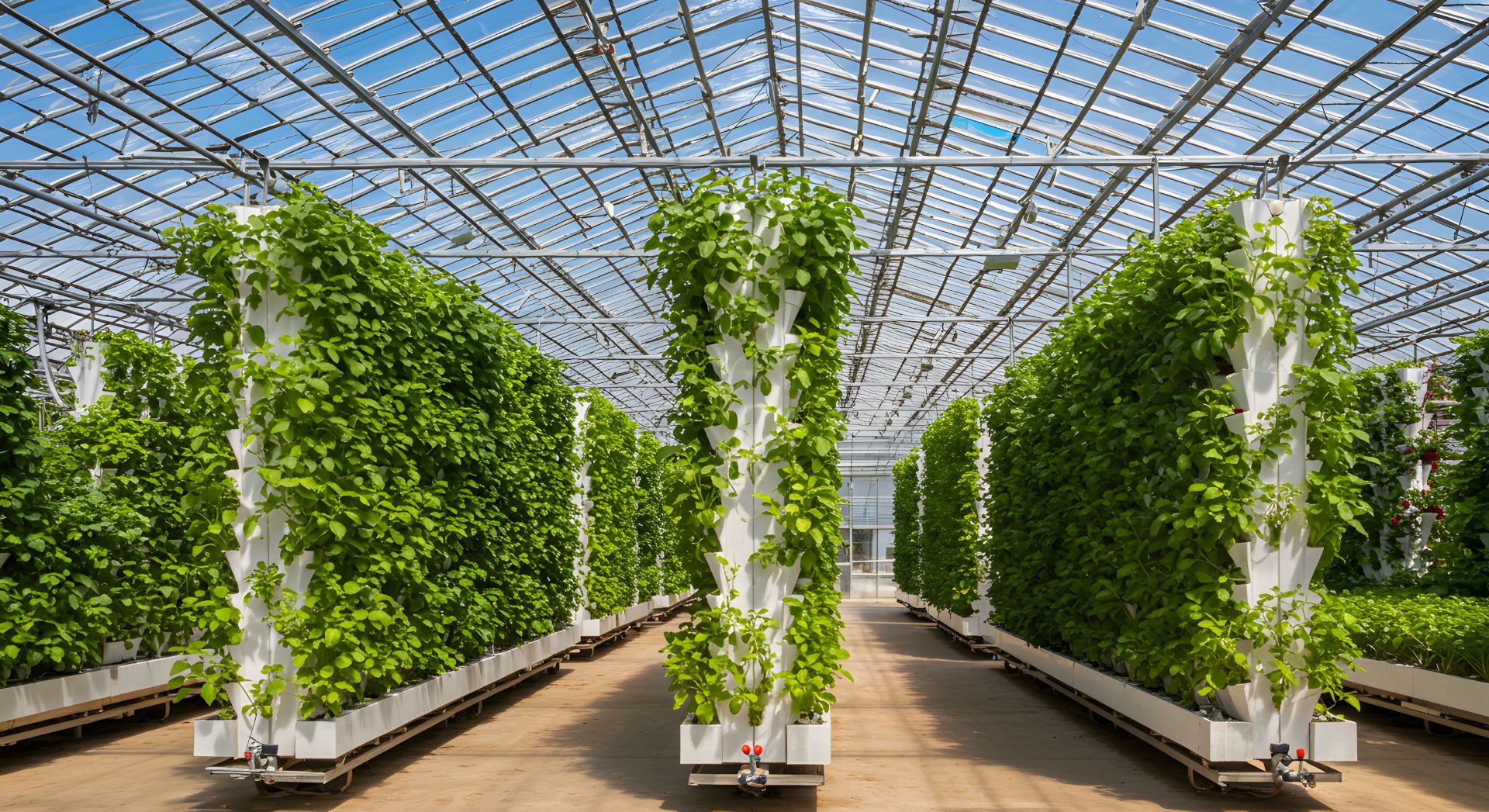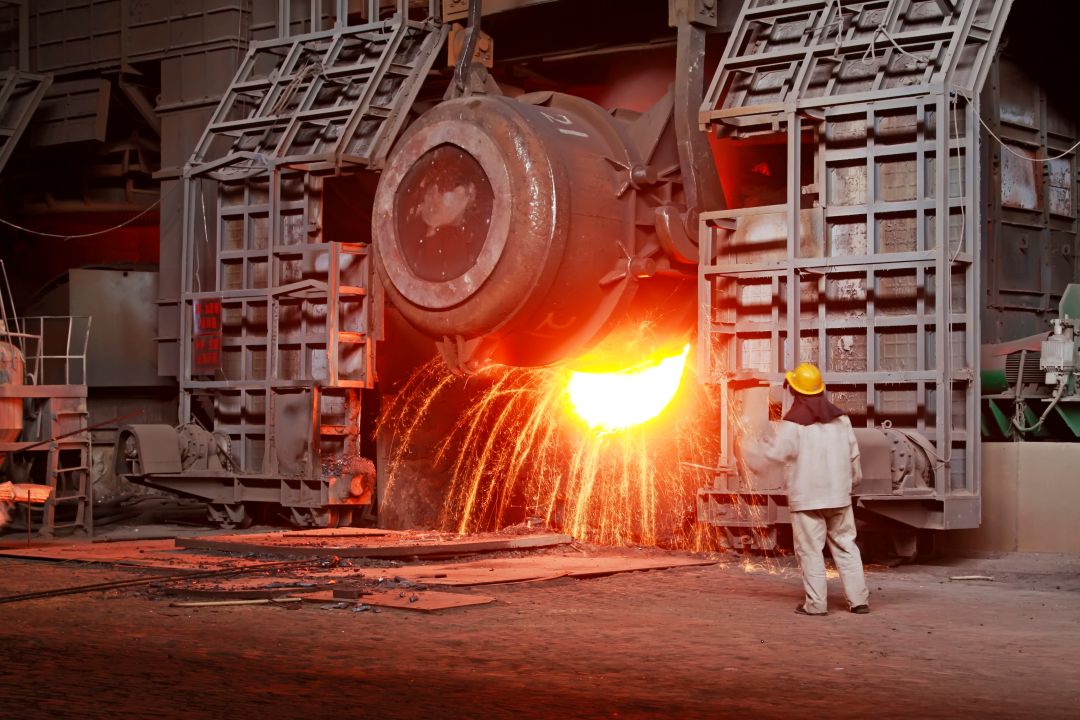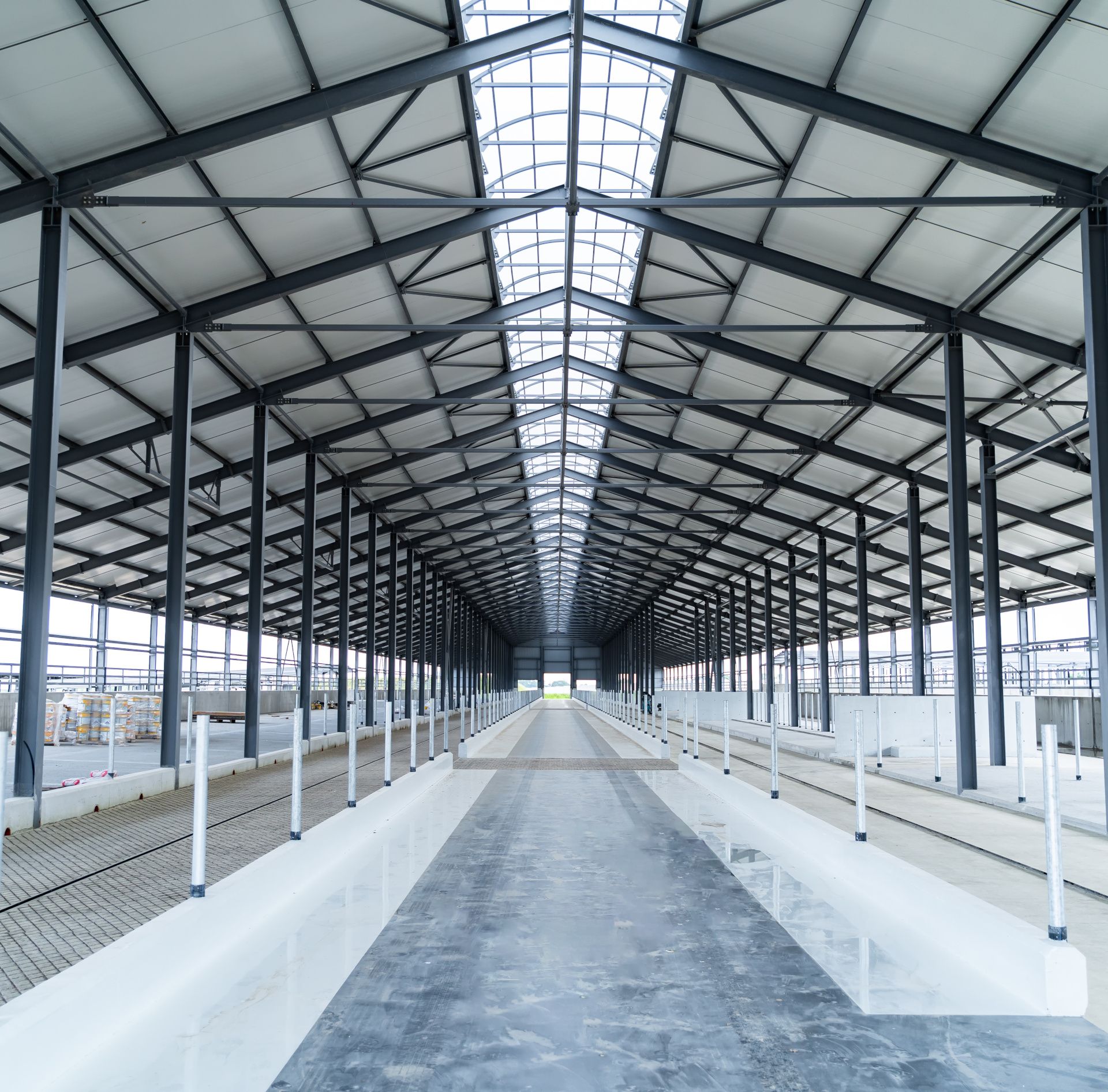As we progress through 2025, the steel industry finds itself at a pivotal moment, grappling with challenges that reverberate across the global economy and directly affect industries such as construction. For Buildings UK Ltd, a trusted supplier of steel-framed buildings for industrial, agricultural, and equestrian sectors, these issues are not merely industry news—they shape our supply chain, influence costs, and reinforce our commitment to sustainable innovation. This blog explores the primary challenges facing the steel industry, their implications for construction, and the broader global impact, offering insights into how we navigate these turbulent times.
The UK Steel Industry: A Sector Under Strain
The UK steel industry is contending with a complex array of challenges in 2025, each with significant implications for companies like Buildings UK Ltd. Below, we outline the key issues based on recent research and industry developments.
High Energy Costs
UK steelmakers face energy costs nearly double those of their German and French counterparts, severely impacting profitability (The Conversation). In 2023-2024, these costs were highlighted as a major barrier to competitiveness, worsened by global energy market volatility. For steel producers, this translates to higher production costs, which can ripple through to construction firms relying on steel for structural components.
Decarbonisation and the Shift to Greener Production
The steel industry is under intense pressure to align with the UK’s net-zero carbon target by 2050. The transition to less carbon-intensive methods, such as electric arc furnaces, is underway, notably at Tata Steel’s Port Talbot site, where a £500 million government support package is facilitating this shift (Reuters). However, this move presents challenges:
Job Losses: The closure of traditional blast furnaces at Port Talbot could result in approximately 3,000 job losses, as electric arc furnaces require a smaller workforce (The Conversation).
Limited Production Capabilities: Electric arc furnaces primarily recycle scrap metal and cannot produce certain high-quality “virgin” steel varieties, potentially making the UK the only G20 country without this capability (The Conversation).
This shift is vital for reducing the industry’s 2% contribution to UK greenhouse gas emissions but poses immediate economic and operational challenges (UK Metals Expo).
Trade Tensions and Tariffs
Trade barriers pose a significant hurdle for the UK steel industry. In March 2025, the US imposed a 25% tariff on steel imports, repealing a previous exemption secured in 2022. This affects approximately 5% of British steel exports, valued at £400 million annually, impacting companies like British Steel (House of Commons Library). The UK government is engaging in dialogue to remove these tariffs but has not ruled out retaliatory measures, adding uncertainty to the trade landscape.
Post-Brexit trade dynamics further complicate matters. EU steel safeguards now apply to UK exports, imposing tariffs on certain products above specified quotas, while pig iron exports dropped 73% year-on-year in 2021 (UK Metals Expo). These trade disruptions increase costs and limit market access for UK steel producers.
Plant Closures and Economic Strain
The potential closure of British Steel’s Scunthorpe blast furnaces, announced in March 2025, underscores the industry’s financial struggles, with reported daily losses of £700,000 (House of Commons Library). This follows a decades-long decline in UK steel production, which fell from being the world’s fifth largest producer in the late 1960s to the 21st by 2016 (House of Commons Library). The industry’s challenges are compounded by high energy costs, cheap imports, and the lingering effects of the COVID-19 pandemic.
Government Intervention and National Security
Recognising the strategic importance of steel for national security and economic stability, the UK government has taken unprecedented steps to support the industry. In April 2025, emergency legislation was passed to prevent the closure of British Steel’s Scunthorpe plant, with nationalisation on the table as a potential solution (Reuters). This intervention, described as the largest state rescue since the 2008 banking crisis, reflects the government’s commitment to maintaining domestic steel production. The government has also allocated £2.5 billion to the steel sector, with a comprehensive strategy planned for spring 2025 (Reuters).
Economic and Social Contributions
Despite its challenges, the UK steel industry remains a vital economic contributor. In 2020, it generated £2.0 billion in gross value added (GVA), representing 0.1% of UK economic output and 1.2% of manufacturing output. The sector supports 33,400 jobs across 1,100 businesses, with over 70% of these jobs concentrated in Wales, Yorkshire and Humberside, and the West Midlands (UK Metals Expo). The potential loss of these jobs and economic contributions underscores the urgency of addressing the industry’s challenges.
Looking Ahead: A Path to Resilience
The steel industry’s challenges in 2025—high energy costs, trade tensions, decarbonisation pressures, and economic uncertainties—require a proactive response from all stakeholders. For Buildings UK Ltd, these issues highlight the importance of resilience and adaptability. By embracing sustainable practices, securing reliable supply chains, and leveraging innovation, we are well-positioned to navigate the complexities of the steel industry and continue delivering high-quality steel-framed buildings to our clients.
The global steel industry’s future will be shaped by its ability to balance economic viability with environmental responsibility. As governments, industries, and companies like ours work together, we can build a more sustainable and competitive future, ensuring that steel remains the backbone of construction and infrastructure worldwide.

